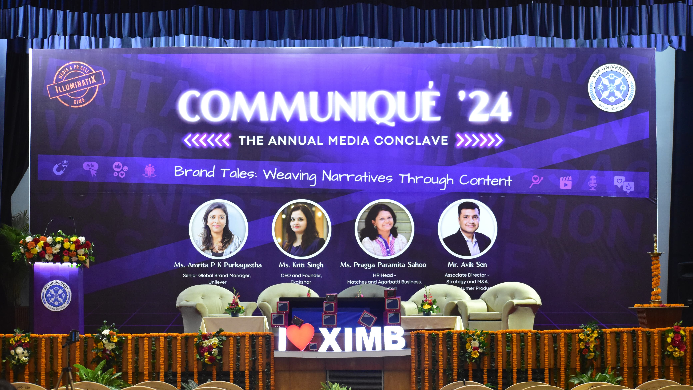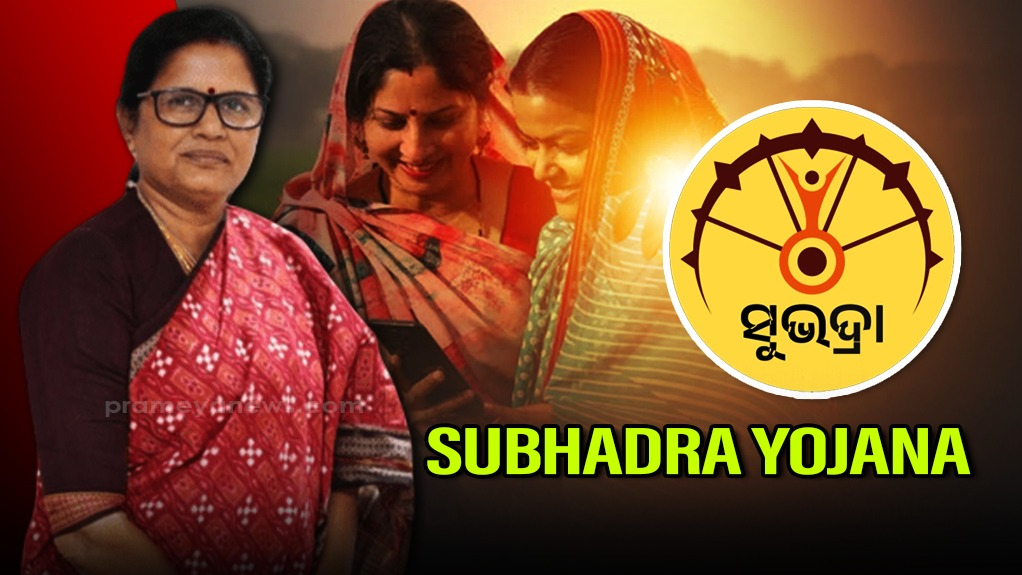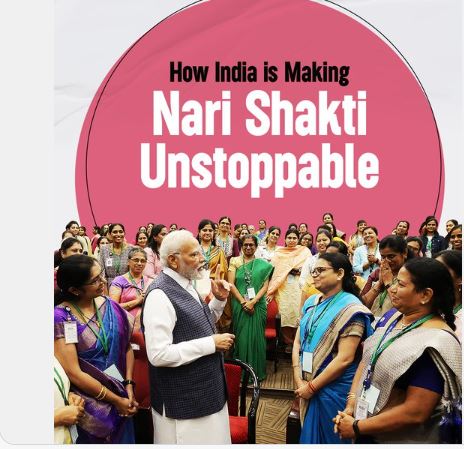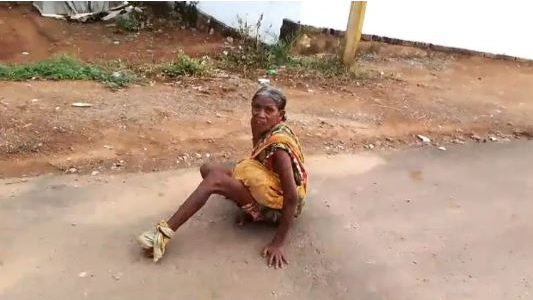Down the memory lane : Farmers’ agitation of 1988
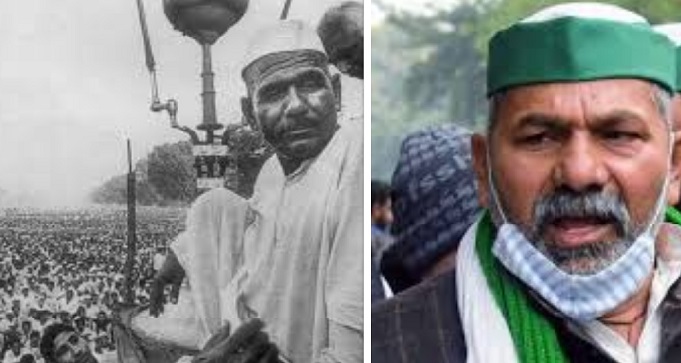
By Jeevan Nair When Mahendra Singh Tikait founded the Bharatiya Kisan Union in Sisauli in western Uttar Pradesh and launched the first major agitation to get the demands of farmers accepted and filled Meerut city with lakhs of farmers, little could he know that his son, Rakesh Tikait, would follow his footsteps 33 years later. On 22 January 1988, Mahendra Singh Tikait addressed a public meeting at Muzaffarnagar and announced that the Bharatiya Kisan Union (BKU) would gherao the Divisional Commissioner’s office and residence near the Collectorate in Meerut for three days. The gherao would begin on 27 January 1988. This was to focus attention on the major demands of farmers which, among others, included at least 18 hours of electricity every day and a support price of rupees 35 per quintal for sugarcane. (Western Uttar Pradesh is a major sugarcane-producing area) The week preceding 27 January 1988 saw a series of largely-attended meetings by Mahendra Singh Tikait at various places where he appealed farmers to join the agitation in large numbers. He announced the gherao and his determination to show the strength of the farmers and that they were not to be trifled with. At first, the State Government was in a mood to maintain a low profile and was in favour of allowing the gherao and restricting its efforts to ensure there was no breakdown of law and order. However, on 26 January 1988, the evening before the strike, the State Government panicked after seeing the large numbers at Mahendra Singh Tikait’s public meetings and those going towards Meerut to join the gherao. Prohibitory orders were issued late at night just a few hours before the gherao was to begin. A ban was imposed on the entry of tractors and trailers within the municipal limits of Meerut city. Educational institutions were closed for a few days. However, a few hours later, tractors and trailers were allowed entry as the farmers had jammed the roads leading to Meerut with their vehicles. On 27 January 1988 about 10,000 farmers collected early in the morning about five kilometres from Meerut to precede Mahendra Singh Tikait’s entry into the city. They sang, danced, and shouted slogans calling for farmers unity. It was feared that Mahendra Singh Tikait would be arrested before entering Meerut. This fear was caused by the heavy deployment of PAC (Provincial Armed Constabulary) men and stationing of sharp shooters on roof tops. Women and children came out of their homes with rolling pins (belana kathi) and sugarcane stalks to defend their leader. The wary district officials withdrew. Though planned for three days, the gherao of the Divisional Commissioner’s office-cum-residence continued for 26 days after two farmers had died of exposure and cold during the agitation. Public display of their bodies at the main gate of the Collectorate drew more farmers from surrounding areas to join the agitation. The winters of western Uttar Pradesh are harsh and the biting cold penetrates through many layers of warm clothing. Yet, the farmers braved days and nights in the open. It was a sight to see. A sea of humanity surged into Meerut city and filled the CDA ground opposite to Collectorate. There were farmers from neighbouring Haryana and Rajasthan too. The entire mass lay huddled under the open sky in the CDA ground. They bunched their tractor trolleys around the dais where Mahendra Singh Tikait was sleeping in such a way that no one could reach him. Fearing for his safety, four farmers kept guard around him in two-hour shifts. All that the District Administration did for the farmers was to provide two tankers with water and a solitary light bulb. Mahendra Singh Tikait’s rusty commonsense kept the crowd lapping up every word of his during his many speeches a day. By the end of the fourth day, there were nearly four lakh farmers according to a police estimate. They had brought their beddings, cooked food, dry rations, ghee and tobacco for their hookahs. There was also firewood for cooking and burning bonfires for warmth during the night. Residents of farmers’ families from the villages brought steaming tea and food. On 28 January 1988, the farmers were told by the District Administration that a cabinet meeting would be held in the afternoon at Lucknow to discuss their demands. (Two earlier meetings between the farmers and the Commissioner had ended in failure) At 6 p.m. in the evening, a group of journalists met Mr. Mahendra Singh Tikait and asked what he would do now as the State Government had not sent any word on the BKU’s demands. His answer was brief and to the point. “I did not ask for any answer. I want the BKU’s demands to be accepted, and until that is done, I and my men are going to remain here.” The Government accepted some of the demands on the 26th day of the agitation and agreed to discuss the remaining ones. The farmers held a mahapanchayat at the demonstration site and, after much discussion, accepted the Government proposal. The next day, all the farmers went home happily, proud of their ‘victory’. About the author The author was Principal Correspondent of Hindustan Times for Western Uttar Pradesh with headquarters in Meerut in 1988 when farmers launched their first major agitation in modern times
Latest News
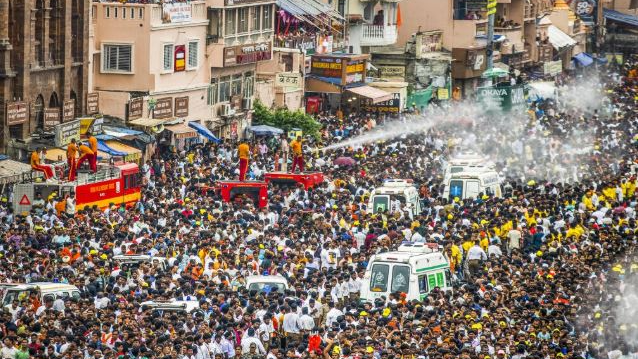
Puri Rath Yatra stampede: Administrative probe...
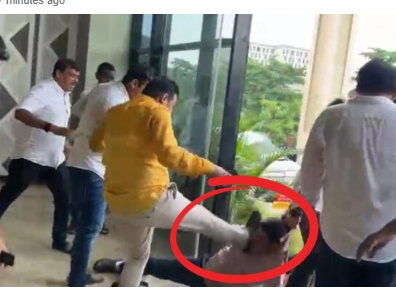
OAS officers to go on mass leave from tomorrow...
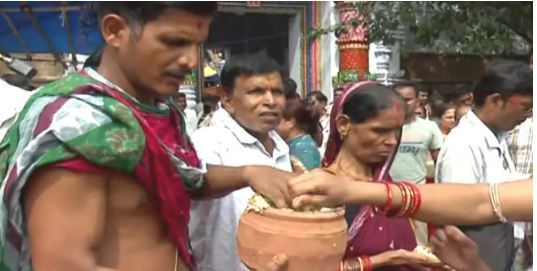
Puri Rath Yatra: 1st Adapa Mandap Mahaprasad p...
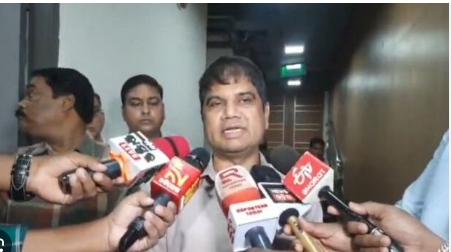
OAS Association denounces attack on BMC Additi...
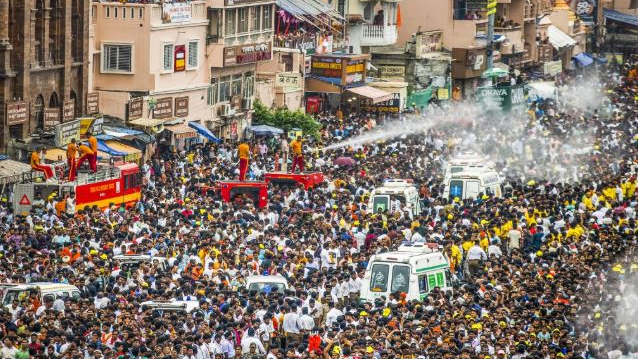
Puri Rath Yatra stampede: OSHRC issues notice...

The Sacred Adapa Darshan at Gundicha Temple to...
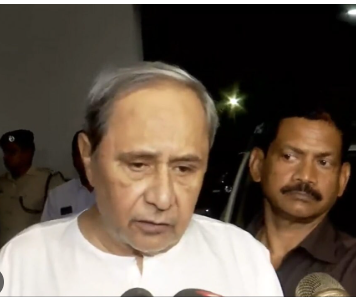
Naveen Patnaik condemns brutal assault on BMC...
Copyright © 2024 - Summa Real Media Private Limited. All Rights Reserved.











